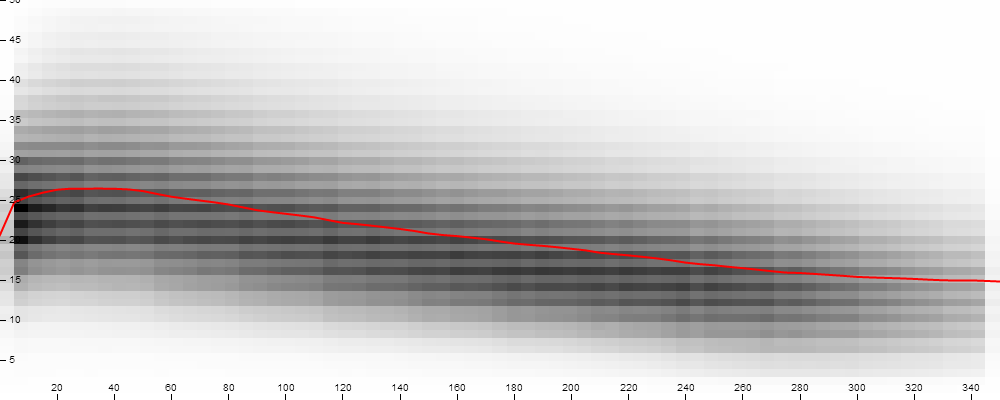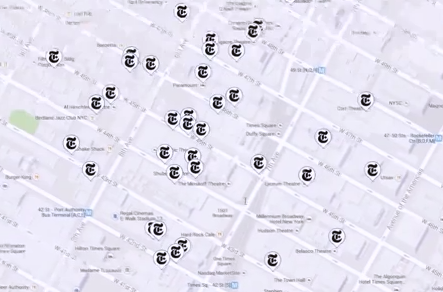EU demands ‘right to be forgotten’ be applied globally by James Temperton.
From the post:
Google will be told to extend the “right to be forgotten” outside the EU in a move that is likely to cause a furrowing of brows at the search giant. EU regulators are looking to close a loophole in the controversial online privacy legislation that effectively renders it useless.
Currently people only have the right to be forgotten on versions of Google within the EU. Anyone wanting to see uncensored Google searches can simply use the US version of Google instead. The EU has taken a tough line against Google, expressing annoyance at its approach to removing search results.
The right to be forgotten allows people to remove outdated, irrelevant or misleading web pages from search results relating to their name. The EU will now ask Google to apply the ruling to the US version of its site, sources told Bloomberg Businessweek.
…
The latest demographic report shows the EU with five hundred and five million potential censors of search results with more on the way.
Not content to be an island of ignorance, the EU now wants to censor search results on behalf of the entire world.
In other words, 7.3% of the world’s population will decide what search results can be seen by the other 92.7%.
Tim Berners-Lee’s call for a new Magna Carta won’t help with this problem:
Berners-Lee’s Magna Carta plan is to be taken up as part of an initiative called “the web we want”, which calls on people to generate a digital bill of rights in each country – a statement of principles he hopes will be supported by public institutions, government officials and corporations.
A statement of principles? Really?
As I recall the original Magna Carta, a group of feudal lords forced King John to accept the agreement. Had the original Magna Carta been only a statement of principles, it would not be remembered today. It was the enforcement of those principles that purchased its hold on our imaginations.
So long as the Web is subject to the arbitrary and capricious demands of geographically bounded government entities, it will remain a hostage of those governments.
We have a new class of feudal lords, the international ISPs. The real question is whether they will take up a Magna Carta for the Web and enforce its terms on geographically bounded government entities?
The first provision of such a Magna Carta should not be:
1. Freedom of expression online and offline
(From: https://webwewant.org/about_us)
The first provision should be:
1. No government shall interfere with the delivery of content of any nature to any location connected to the Web. (Governments are free to penalize receipt or possession of information but in no way shall hinder its transfer and delivery on the Web.)
Such that when some country decides Google or others must censor information, which is clearly interference with delivery of content, the feudal lords, in this case, ISPs, will terminate all Internet access for that country.
It will be amusing to see how long spy agencies, telephone services, banks, etc., can survive without free and unfettered access to the global network.
The global network deserves and needs a global network governance structure separate and apart from existing government infrastructures. Complete with a court system with a single set of laws and regulations, an assembly to pass laws and other structures as are needful.
Don’t look so surprised. It is a natural progression from small hamlets to larger regional governance and to the geographically bounded governments of today. Which have proven themselves to be best at carry for their own rather than their citizens. A global service like the Net needs global governance and there are no existing bodies competent to take up the mantle.*
ISPs need to act as feudal lords to free themselves and by implication us, from existing government parochialism. Only then will we realize the full potential of the Web.
* You may be tempted to say the United Nations could govern the Web but consider that the five (5) permanent members of the Security Council can veto any resolution they care block from the other one hundred and ninety three (193) members. Having the ISPs govern the Web would be about as democratic, if not more so.







